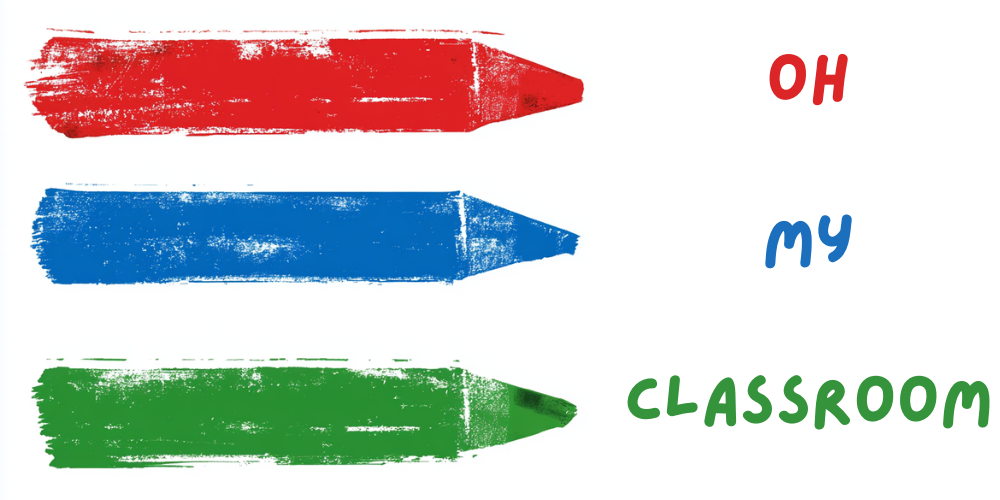Introducing numbers to preschoolers in a fun and interactive way sets the stage for a lifelong love of mathematics.
We have curated a list of exciting number 7 activities for Preschoolers.
From counting and sorting to creative arts and sensory play, these activities are carefully crafted to make learning about the number 7 an enjoyable and memorable experience.
Number 7 Hunt:
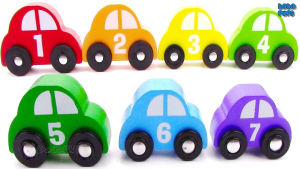
Create a scavenger hunt for your preschooler where they have to find and count seven objects around the house or classroom that represent the number 7. It could be seven toy cars, seven blocks, or even seven pictures of different animals.
Shape Art:
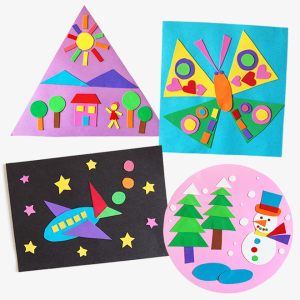
Provide your preschooler with materials like colored paper, scissors, and glue. Encourage them to cut out seven different shapes, such as circles, squares, and triangles, and create unique artwork by arranging and gluing them onto a larger piece of paper.
Counting Collections:

Invite your preschooler to gather seven objects of their choice from around the house or outside, such as buttons, seashells, or toy animals. Have them arrange and count their collection, reinforcing their counting skills and understanding of quantity.
Number Line Hopscotch:
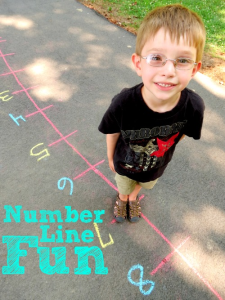
Draw a number line on the floor using masking tape or chalk, with numbers 1 to 10 (or higher) including the number 7. Encourage your preschooler to hop along the number line, starting from number 1 and landing on the number 7.
Sensory Number Tracing:
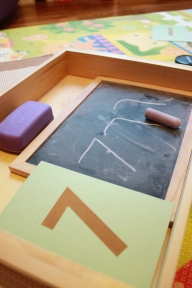
Fill a shallow tray or baking sheet with sand, salt, or flour. Using their finger or a small tool, have your preschooler trace the number 7 in the sensory material.
Domino Tower:
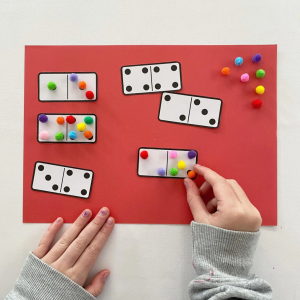
Provide your preschooler with a set of dominoes. Challenge them to build a tower using exactly seven dominoes.
Pattern Bracelets:

Cut strips of construction paper or use pipe cleaners and provide your preschooler with beads or buttons. Together, create a pattern with seven repetitions, such as red, blue, red, blue, red, blue, and red. Help your preschooler string the beads or buttons accordingly to make a patterned bracelet.
Dice Roll and Count:

Use a large foam or wooden dice with numbers 1 to 6. Have your preschooler roll the dice and count the dots. When they roll a 7, encourage them to cheer and celebrate their success.
Number Collage:
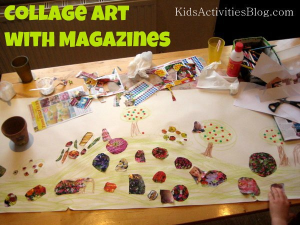
Provide magazines or old catalogs to your preschooler. Help them search for and cut out pictures of objects that represent the number 7, such as fruits, animals, or toys. Have them glue the pictures onto a large sheet of paper to create a number 7 collage.
Outdoor Nature Walk:
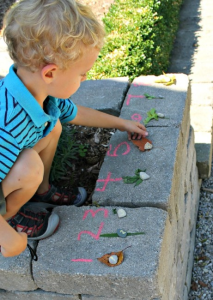
Take your preschooler on a nature walk and challenge them to find seven natural objects, such as leaves, rocks, or flowers.
Missing Number Puzzles:

Create simple number puzzles using index cards or paper. Write a sequence of numbers from 1 to 10 but leave out the number 7. Cut the sequence into individual pieces and mix them up. Have your preschooler rearrange the pieces to complete the sequence, placing the missing number 7 in the correct spot.
Tower Building Challenge:
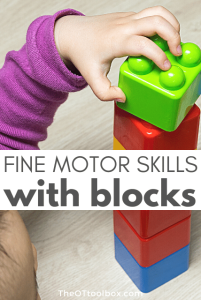
Provide your preschooler with seven blocks or LEGO bricks of varying sizes and colors. Challenge them to build the tallest tower they can using exactly seven blocks.
Bean Bag Toss:
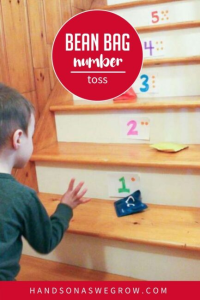
Create a target on the floor using tape or chalk and assign the number 7 to the center of the target. Give your preschooler bean bags or softballs and have them toss the bean bags onto the target. If they successfully land on the number 7, they earn extra points.
Number Maze:
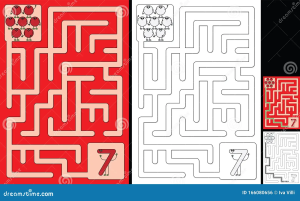
Draw a simple maze on a large piece of paper, featuring various numbers from 1 to 10, including the number 7. Have your preschooler trace their way through the maze, following the correct numerical sequence, and reaching the number 7.
Count and Sort Snacks:

Gather seven different types of small snacks, such as crackers, grapes, or pretzels. Have your preschooler count out seven of each snack and then sort them into individual bowls or compartments of a muffin tin.
Number Hop:
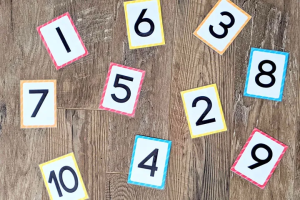
Create number cards from 1 to 10 (including 7) and place them on the floor or ground in a scattered arrangement. Call out a number, and your preschooler has to hop from one number to another, following the numerical sequence until they reach the number called out.
Shape Search:
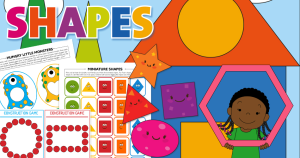
Draw or print out various shapes, including circles, squares, triangles, and more. Hide seven shape cards around the room or outdoor area. Give your preschooler a checklist with the shapes listed and have them find and mark each shape as they locate them.
Number Fishing:
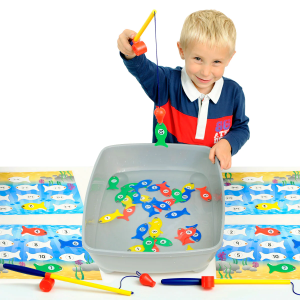
Create paper fish with numbers from 1 to 10, including the number 7. Attach paper clips to each fish. Use a fishing rod with a magnet or a simple stick with a string and a magnet attached. Have your preschooler “fish” for the numbered fish and then identify and count the numbers they catch.
Memory Game:
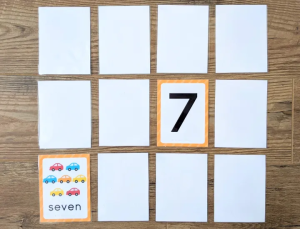
Create a set of memory cards using index cards or paper. Write the numbers 1 to 10 on separate cards, including the number 7. Shuffle the cards and place them face down. Take turns flipping over two cards to find a number match.
Number Bean Bag Toss:
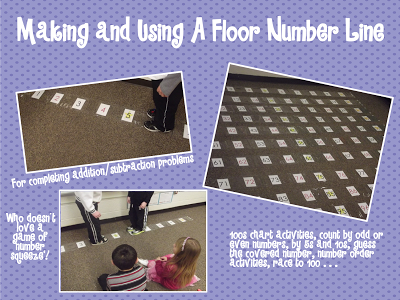
Draw or tape a large number line on the ground or floor, extending from 1 to 10. Assign the number 7 as the target. Give your preschooler bean bags or softballs and have them stand behind a designated line to toss the bean bags onto the number line.
Measure with Cubes:
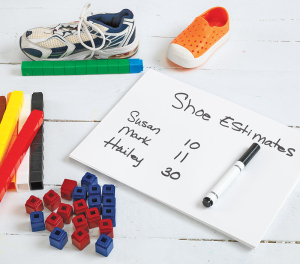
Provide preschoolers with a set of interlocking cubes. Have them measure various objects in the room by placing the cubes end to end. Challenge them to find objects that measure exactly seven cubes long.
Mystery Bag Counting:
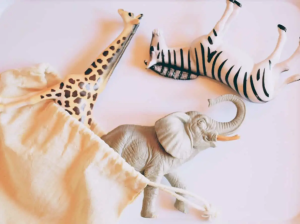
Prepare a bag or box filled with seven small objects, such as buttons, toy cars, or plastic animals. Blindfold one child at a time and have them reach into the bag to feel the objects. They must guess how many objects are in the bag based on touch alone. Remove an object each time a child guesses, and repeat the game with the remaining children.
Number Storytelling:
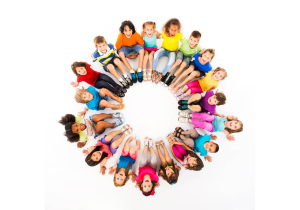
Ask the preschoolers to sit in a circle, and take turns telling a story using seven different objects or characters. Encourage them to incorporate the number 7 into their stories, such as having seven magical fairies or seven adventurous animals.
Number Hopscotch Maze:
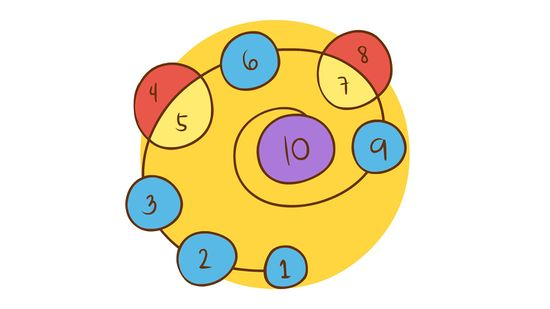
Draw a hopscotch grid on the floor or ground, incorporating the numbers 1 to 10, with the number 7 being the final square. Add additional lines to create a maze-like path that the preschoolers must follow while hopping. They can only step on the squares with odd numbers or even numbers, depending on your instruction.
Counting with Playdough:
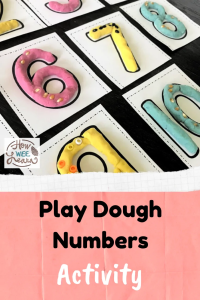
Give each preschooler a small ball of playdough and ask them to roll it into the shape of the number 7. Then, have them count and press seven small objects, such as beads or buttons, into the play dough to create a tactile representation of the number.
Number Hopscotch Memory:
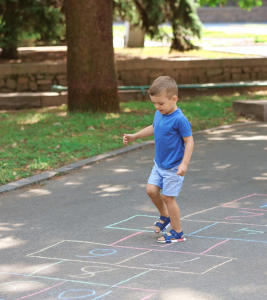
Create a hopscotch grid on the floor or ground, including the numbers 1 to 10, with the number 7 being the final square. Assign each number a corresponding action or sound, such as clapping for number 1, jumping for number 2, or making a funny noise for number 7. Have the preschoolers take turns hopping through the hopscotch, recalling the correct action or sound associated with each number.
Number 7 Water Play:
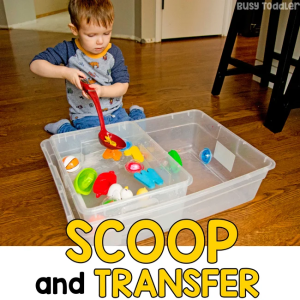
Fill a large container or basin with water and float foam or plastic number 7 shapes on the surface. Provide cups, spoons, and water toys for the preschoolers to engage in water play.
Related:
Number 1
